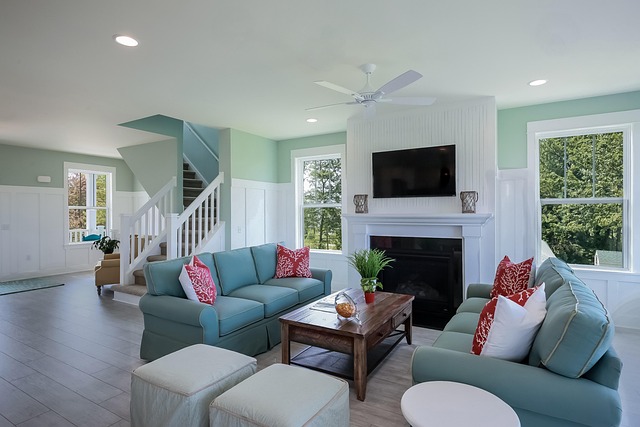Color Psychology In Home Improvement Decorating

Assessing Structural Integrity: What to Check First
Before undertaking any renovation, it’s crucial to assess the structural integrity of your home. Begin by examining the foundation for any cracks or signs of settling, as these could indicate serious underlying issues. Inspect load-bearing walls for damage or deformation, which might compromise the stability of your property. If necessary, consult a structural engineer to gain a professional perspective on any findings. Additionally, check for signs of wood rot or termite infestations in critical areas, as these can weaken the structural framework. Finally, ensure that beams and columns are level and free from rust or corrosion, particularly if your home has a steel framework. By thoroughly assessing these elements, you can uncover potential problems early and plan renovations more effectively.
Plumbing and Electrical Systems: Key Areas to Inspect
When renovating, inspecting plumbing and electrical systems is essential to ensure safety and functionality. Start by checking for leaks or corrosion in pipes, especially in older homes. Ensure the plumbing system complies with local building codes to avoid future complications. It’s a good idea to have a professional inspection to cover all bases. Assess the water pressure and look for any clogged or slow-draining outlets, which can indicate underlying issues. For electrical systems, ensure that the wiring meets current safety standards and that circuit breakers are functioning correctly. Also, inspect outlets and switches for damage or overheating signs. Identifying these issues early can prevent costly repairs and ensure that your home remains safe throughout the renovation process.
Roofing and Attic: Ensuring a Solid Overhead
A solid roof is vital for protecting your home during renovations. Inspect the roofing materials for signs of wear, such as missing shingles or tiles, and check for leaks that could lead to water damage. It’s also important to examine flashing around chimneys and vents to prevent potential leaks. Regular maintenance can save you from costly repairs in the future. In the attic, look for signs of moisture or mold, which can indicate roofing issues or inadequate ventilation. Structural components, like rafters, should be free from rot or damage. Ensure that insulation is adequate to maintain energy efficiency and comfort. By thoroughly assessing the roofing and attic, you can address issues before they escalate, ensuring a solid overhead throughout the renovation.
Basements and Foundations: Identifying Potential Issues
Assessing the basement and foundation is critical before any renovation. Begin by looking for signs of water intrusion, such as dampness or water stains, which can lead to mold growth and compromise structural integrity. It’s also advisable to check for musty odors, as they can be an indication of hidden moisture issues. Cracks in foundation walls may indicate shifting or settling, requiring professional evaluation. Examine the condition of sump pumps and drainage systems to prevent flooding. Ensure that basement windows and doors are sealed properly to avoid moisture ingress. By identifying and addressing these potential issues early, you can prevent costly problems down the line and maintain the integrity of your foundational structures.
Exterior and Landscaping: Planning for Long-term Durability
When planning renovations, don’t overlook the exterior and landscaping, as they significantly impact your home’s longevity. Inspect siding and exterior paint for signs of wear, as these protect the underlying structure from harsh weather. It might also be a good time to explore energy-efficient materials and upgrades for added sustainability. Evaluate the condition of walkways and driveways for cracks or uneven surfaces that could pose hazards. In landscaping, consider the placement of trees and shrubs to ensure they won’t damage foundations or utility lines. Proper grading is essential for effective drainage to prevent water pooling near the home. By carefully planning and maintaining the exterior, you can enhance your property’s durability and curb appeal.